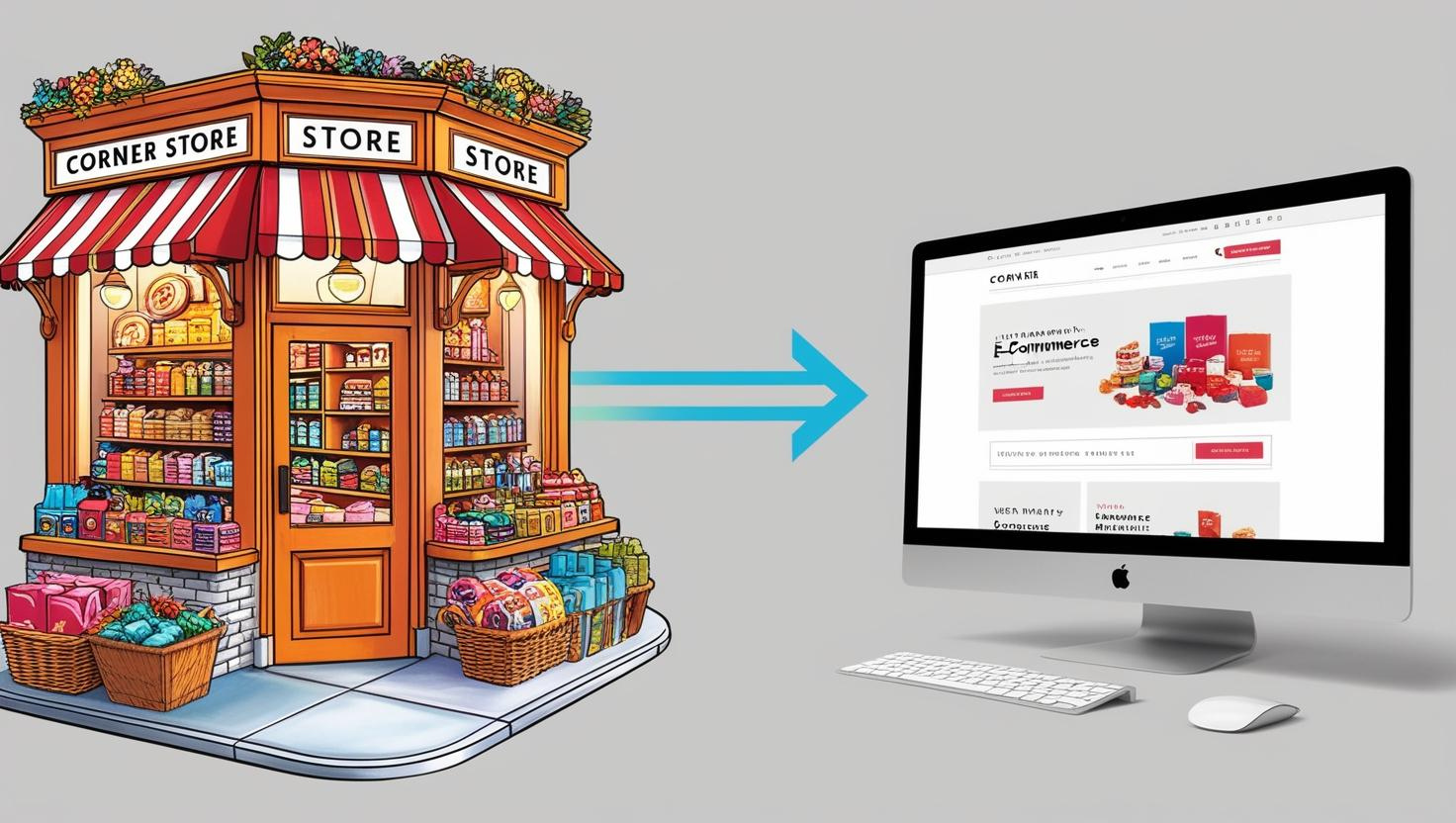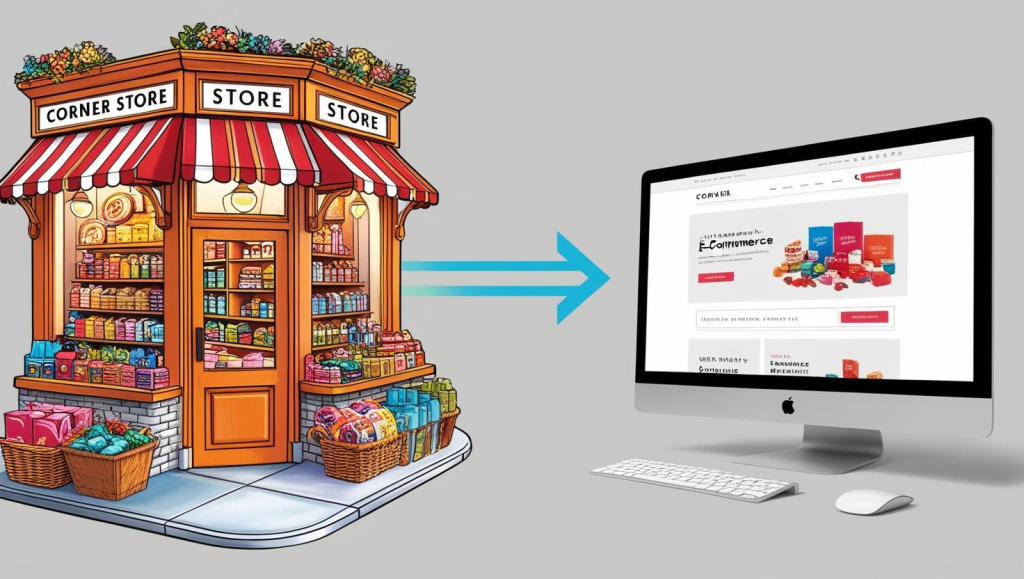How to Apply Ecommerce to Your Business and Its Main Advantages

Ecommerce isn’t just for big companies like Amazon or Mercado Libre. Nowadays, any business, whether small or medium-sized, can benefit from having an online store. But how do you get started? And more importantly, what advantages can it bring you? In this article, we’ll guide you step by step and explain why ecommerce is an excellent option for growth.
1. Choose the Right Platform
The first thing you need is a platform to create your online store. There are many options, from free solutions to more advanced tools. Some of the most popular ones are:
- Shopify: Ideal for beginners, it’s easy to use and doesn’t require technical knowledge.
- WooCommerce: Perfect if you already have a WordPress site and want to add a store.
- Magento: For larger businesses that need advanced functionalities.
Tip: Choose a platform that fits your budget and needs. You don’t need the most expensive option to get started.
2. Design Your Store
Once you have your platform, it’s time to design your store. Here are some key elements:
- Attractive and easy-to-navigate design: Make sure customers can quickly find what they’re looking for.
- High-quality photos: Images are the first thing customers see, so they must be impeccable!
- Clear descriptions: Explain what you’re selling and why it’s great.
Tip: If you’re not a design expert, you can use pre-designed templates or hire a professional.
3. Set Up Payment and Shipping Methods
Make sure to offer multiple payment options (credit cards, PayPal, bank transfers, etc.) and configure shipping properly. This is where many businesses lose sales, so make it easy for your customers.
Example: If you sell physical products, consider offering free shipping for orders above a certain amount. People love it!
4. Promote Your Store
Having an amazing store is useless if no one visits it. Use digital marketing strategies to attract customers:
- Social media: Instagram, Facebook, and TikTok are great for showcasing your products.
- Email marketing: Send newsletters with offers and updates.
- SEO: Optimize your store to appear in Google search results.
Idea: You can offer a 10% discount to the first buyers to generate interest.
5. Analyze and Improve
Once your store is up and running, use tools like Google Analytics to track performance. Which products sell the most? Where do customers abandon their carts? With this information, you can make adjustments and improve.
Advantages of Ecommerce
Now that you know how to apply ecommerce, let’s talk about why it’s so beneficial for your business:
1. Global Reach
With an online store, you’re not limited by location. You can sell to anyone, anywhere in the world! This opens up a much larger market than a physical store.
Example: If you sell handmade crafts, you can reach customers in other countries who value your work.
2. 24/7 Availability
Your online store is open all day, every day. Customers can shop at midnight, on weekends, or while on vacation. It never closes!
3. Lower Costs
Compared to a physical store, ecommerce has much lower costs. You don’t need to pay rent, hire staff, or cover maintenance expenses. This allows you to offer more competitive prices.
4. Personalization and Customer Experience
With tools like AI, you can offer personalized recommendations to your customers. You can also send emails with special offers based on their previous purchases. Make them feel unique!
5. Scalability
Ecommerce grows with you. If you start by selling 10 products, you can easily expand your catalog without worrying about physical space. Plus, you can automate processes to handle more orders seamlessly.
6. Data and Analytics
One of the biggest advantages of ecommerce is access to real-time data. You’ll know which products are most popular, where your customers are from, and how much they spend. This allows you to make smarter decisions for your business.
Summary
Applying ecommerce to your business is easier than you think, and it offers incredible advantages: from reaching more customers to reducing costs and improving the shopping experience. If you don’t have an online store yet, what are you waiting for? The future of commerce is digital, and you can be part of it.















